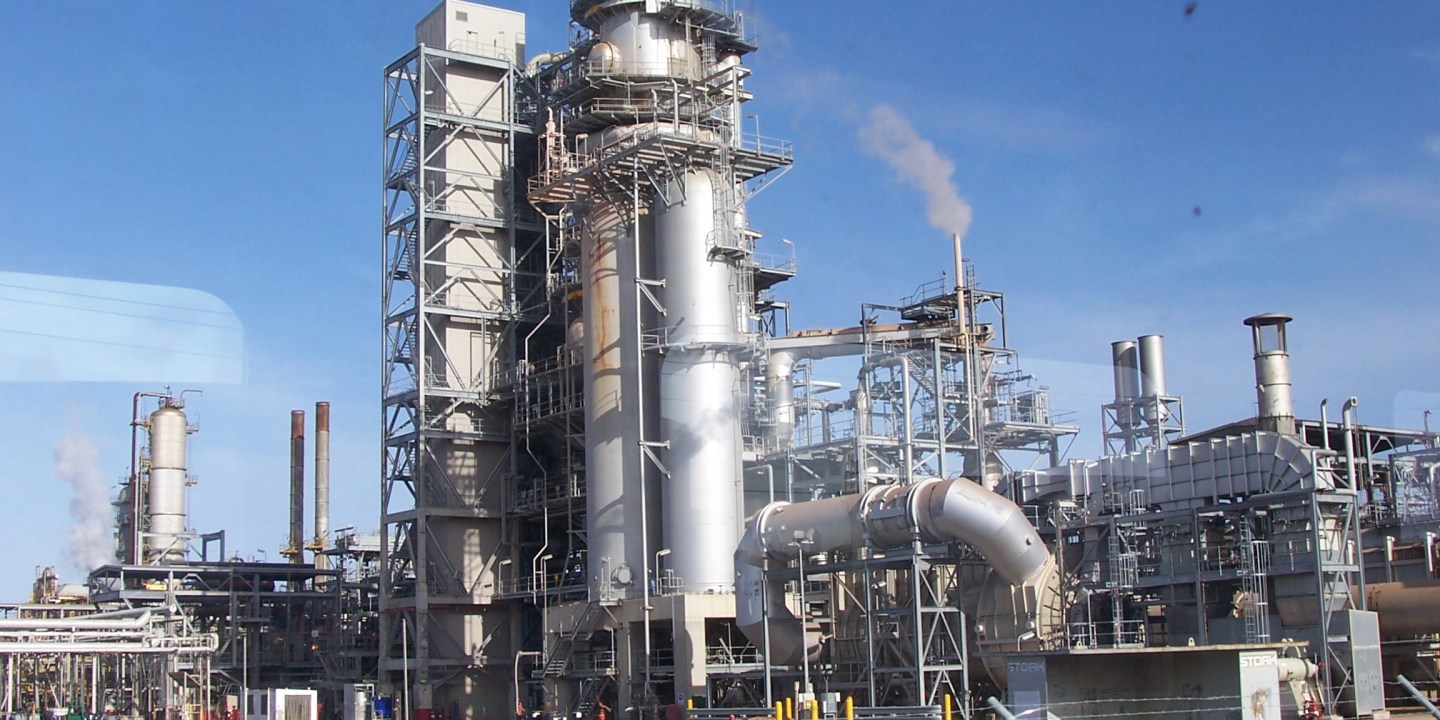More than 90% of power stations in Iran are running on natural gas as feedstock and concerted efforts are being made to stop using fuels like mazut to generate power by the end of the current fiscal year that ends in March 2018, the managing director of Iran Power Generation, Distribution and Transmission Company, or Tavanir, said.
"Mazut, an eco-unfriendly fuel, accounted for 45% of power plant feedstock in 2013, but declined to 8% in 2015and plans are underway to put an end to it in the shortest possible time," Arash Kordi was also quoted as saying by IRNA on Friday.
"Power plants are moving toward replacing polluting fuels with natural gas as a cleaner energy resource," he added.
Pointing to environmentally-friendly initiatives to reduce the consumption of low-quality fuel in power generating facilities, he noted that the government has instructed power plants and refineries to use gas instead of polluting feedstock such as mazut due to abundance of gas reserves and the output increase in South Pars Gas Field, the world's largest gas field, shared between Iran and Qatar."
"Power plants and other major fuel consuming industries have dramatically cut down on consumption of liquid fuel, especially mazut and diesel, over the past 18 months," the official said.
Reportedly, the National Iranian Gas Company aims to increase the volume of natural gas as feedstock to power stations to 68 billion cubic meters by March 2018. The company provided 86 power plants with 62 billion cubic meters of natural gas in the previous Iranian fiscal that ended in March 2017.
Effective Communication
According to Kordi, supplying subscribers with regular electricity services requires creating new power generation capacities, yet the goal cannot be accomplished unless effective communication is established with domestic and international investors.
Referring to the disparity between real electricity prices and what consumers pay, he noted that investors are not willing to fund power ventures.
Data released by Energy Ministry show that among more than 200 countries, Iran sells the cheapest power on average at 700 rials (about 2 cents) per kilowatt-hour after India, Kuwait and China.
"There has been a tangible reduction in financing electricity projects in the last six years," he said, noting that as long as the power industry cannot generate decent revenues, it is very unlikely that national grid is expanded.
Attaching great importance to the key role of power industry in the country's development, the official noted that not removing the industry's financial constraints can hinder the country's advancement.
Kordi added that if electricity were sold at real prices, not only would the ministry not have to struggle with mounting debts to the private sector but it could also implement key development plans.
Experts say consumers pay a fraction of the real power cost. This has caused them to be oblivious to making prudent energy use, which burdens the Energy Ministry’s finances.
"Reasonable prices will also lead to judicious consumption, more investment and stronger participation of private companies in the power industry," he said.


